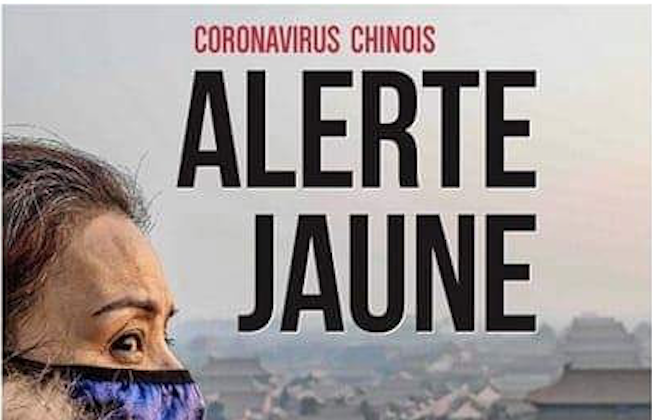How Do I Stay Safe?
- Committee to Protect Journalists has issued a multi-lingual list of constantly updating best practices for journalists covering the virus–wear a mask & do not forget to sanitize your equipment!
- If you are on Facebook, here is a logistics group for journalists thinking about covering the virus.

What Should I Keep In Mind While Reporting?
- It is also important not to contribute to the spread of misinformation or unnecessary panic. Here is advice from Chinese journalists who have covered the virus from the beginning.
- The Global Investigative Journalism Network has also included few resources on how to ask the right questions, choose your interviewees and share helpful information without causing unneeded panic.
- Reframe, a non-profit in Philadelphia, Pennsylvania has created a framing guide for reporting on infectious disease and economic hardship.
How Can I Debunk and Stop Misinformation?
Misinformation has been described as an “infodemic” of its own–and with health-related news being one of the most popular forms of news to consume, information about Covid-19 is particularly vulnerable. It is important to platform experts like the World Health Organisation (WHO), Center for Disease Control (CDC) and National Health Service (NHS) as these sources provide information directly from expert scientists. Other helpful sources to look at are virologists, infectious disease specialists and other medical professionals who are committed to sharing accurate information and are willing to admit when they do not know something, as opposed to opportunists looking to profit off of panic.
- Twitter has created lists of reliable, expert sources about COVID-19, specifically.
- Our Media and Information Literacy education resources are a good place to start–for journalists, and anyone else looking to expand their critical thinking skills.
- First Draft News has also drafted its own resource guide for journalists and non-journalists trying to debunk conspiracy theories, and stop the spread of fake news.
- Our World in Data uses data from the European CDC to visualise new insights in the ongoing #Coronavirus story.
How Do I Ensure That My Reporting Is Inclusive?
It is important that public interest journalism is in the public interest–and that means remembering that different minority groups face different hurdles in how they will be impacted by the COVID-19 pandemic. As journalists, it is important to consider, and acknowledge this as we report the story.
A few questions to get started:
Does your reporting acknowledge the elderly and immunocompromised/disabled communities, and the increased risk they are facing right now?
How are communities of color experiencing the virus? In the United States, black and brown communities are often marginalized in the healthcare system. In the United Kingdom, undocumented immigrants often face scrutiny–and can be reported to the Home Office–if they access the NHS, leaving infected people potentially untreated. Around the world, Asian immigrant and non-immigrant communities have experienced increasing levels of racism and hate crime that is undoubtedly linked to the virus as people mislabel Coronavirus as a “Chinese” virus.
What about women? As a public health topic, Covid-19 obviously has an impact on maternal health and potentially mortality. Many reports have pointed out that instructions to self-isolate can leave women trapped at home, with an abusive husband. It is important to consider that gender impacts how someone experiences the virus–and use any influence in the media as an opportunity to bring this to the attention of decision-makers.
Homeless, housing insecure, or other socio-economically disenfranchised populations? What does it mean to self-isolate when you’re living in a homeless shelter–or even an overly crowded house? When advising the public, have you taken into account the people who are relying on food banks to feed their families? If you do have helpful information for them, how are you ensuring that it reaches them?
These are just a few examples. In your reporting, consider what different communities face, and how your work can address these additional hardships as journalism becomes a more essential public service than ever.
